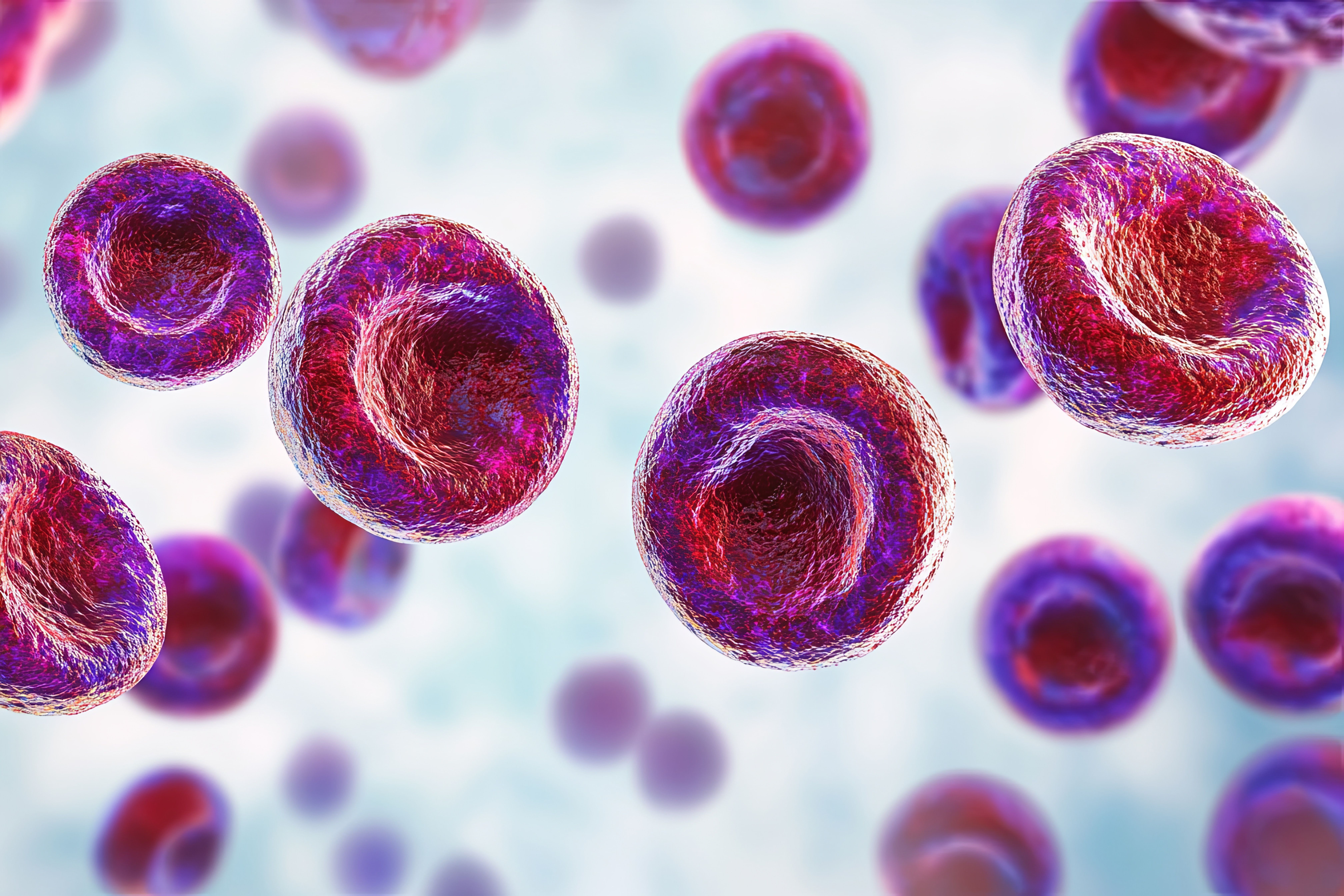Article
What the Heroin Abuse Crisis Means for Public Health
Author(s):
How has heroin addiction evolved into the current crisis we're facing today? What are the implications for public health?
America is in the grips of a heroin abuse crisis, and many link it to the over-prescribing and abuse of pain medications. Initially resurfacing in in 2014, this crisis is capturing widespread attention and has led to new policies at the federal level. The impact on affected individuals and their families is certainly significant—as well as the broader impact on society.
Here, we’ll explore how the heroin crisis has evolved, how the discussion is being framed in our country and what it means for public health.
The Evolution of the Heroin Crisis
According to the CDC, heroin use in the US has increased across almost every age group and demographic. In fact, some segments of the population that have had historically low rates of heroin use are now counted among the grim statistics, including women, the privately insured, and those with higher incomes.
Why has heroin use escalated so rapidly? The CDC faults what it terms “the strongest risk factor for heroin addiction”: an addiction to prescription opioid painkillers. In fact, recent statistics note that 45% of people who use heroin are also addicted to prescription opioid painkillers, and people who are addicted to such opioids are 40 times more likely to be addicted to heroin. According to a report by the National Institutes of Health, an estimated 5 million to 8 million Americans use opioids for chronic pain—a dramatic increase over the past 20 years (up from 76 million prescriptions in 1991 to 219 million in 2011).
Since heroin is also an opioid, and much cheaper than its prescribed counterparts, individuals who have become addicted to prescription painkillers often turn to it next. As CDC Director Tom Frieden, MD, MPH, said in a US News and World Report story, “The chemical is essentially the same between prescription drugs and heroin. It’s cheaper and widely available—it’s driving this trend.”
Framing the US Discussion
Dr Frieden further cited a lack of understanding about the long-term effects of opioids among some in the medical community, and the need to consider alternative treatments. “When I went to medical school, I had one lecture on pain,” he said. “I was told that someone who went on an opioid would not get addicted.”
In Principles of Drug Addiction Treatment: A Research-Based Guide, the National Institute on Drug Abuse highlights the difference between addiction (compulsive drug use despite harmful consequences) and dependence (in which the body adapts to the drug and may require more of it as tolerance develops). The report notes that dependence can evolve from taking drugs as directed, and that dependence does not equate to addiction, but often accompanies it.
Understanding such dynamics are important when considering the historical discussions around drug abuse in our country—which have often been framed within moral and legal frameworks. However, there is now an increasing shift in attitudes, as research supports the fact that “addiction (to opiates and other drugs) is recognized as a chronic, relapsing brain disease with a wide range of serious medical consequences.” The result has been more effective treatment options available to medical professionals, as well as a new attitude among public officials—including those within the criminal justice system.
In a 2014 report from the Police Executive Research Forum, Executive Director Chuck Wexler noted that “While police are still focusing on the major drug dealers and traffickers of heroin for arrest and prosecution, what has changed is that they recognize that the users will continue using if they don’t get treatment. Simply arresting them over and over again is not working.”
Implications for Public Health
The heroin abuse crisis poses a wide array of significant implications for public health—including the effects of illicit drug use on business and the economy.
In the US, the most recent data available related to the economic cost of drug abuse dates back to 2007—when it was estimated at $193 billion. Certainly, such estimates would be much higher today, but would be largely attributed to similar factors that include lost productivity, healthcare costs, and criminal justices costs. Meanwhile, the impact on the individual, family, and greater society is even more significant, and attributed to a variety of factors, including the spread of disease, overdose deaths, crime, and homelessness.
The new heroin crisis is not an isolated issue for any single sector of our society. It impacts each of us either directly or indirectly. For more information, a number of national agencies offer resources for providers and others involved in drug abuse prevention and treatment. In addition, the National Institute on Drug Abuse offers a variety of resources to support individuals and family members seeking information about treatment.





